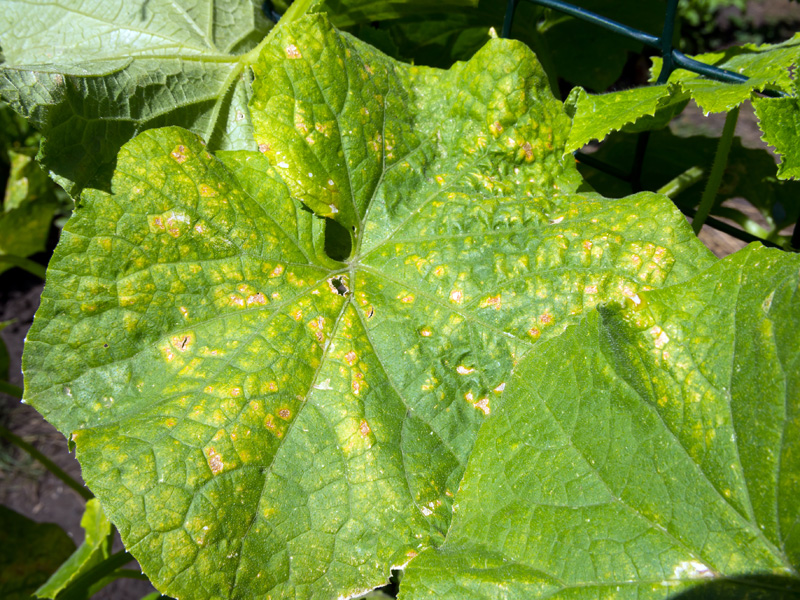
Angular Leaf Spot – Xanthomonas fragariae

Angular leaf spot Common name Angular leaf spot Causal agent Angular leaf post is a bacterial disease caused by strains of Pseudomonas syringae. It mostly affects cucurbits, such as pumpkins and gourds. Cucumbers are less prone to infection due to various resistant species. Scientific name Xanthomonas fragariae Symptoms & Signs Angular leaf spot is found in all vining species or cucurbits, usually in warm, humid conditions. It starts with the formation of small, angular, brown, or straw-colored spots on the leaves, especially around the veins. The small brown spots dry and fall off, leaving holes in the leaves. It also secretes a sticky, whitish liquid from the underside giving it a water-soaked appearance. The bacteria can infect leaves, vines, fruit, and seeds. Transmission It can be transmitted through infected seeds into crops and through the soil, water, and tools of the workers. The bacteria transfers to other plants through the sticky, bacterial ooze from the leaves when the humidity is high. Rainy weather and high temperatures between 75 to 82 degrees F increase the chances of transmission. Time of concern Early spring to late fall Common hosts Melons Pumpkins Gourds Squash
